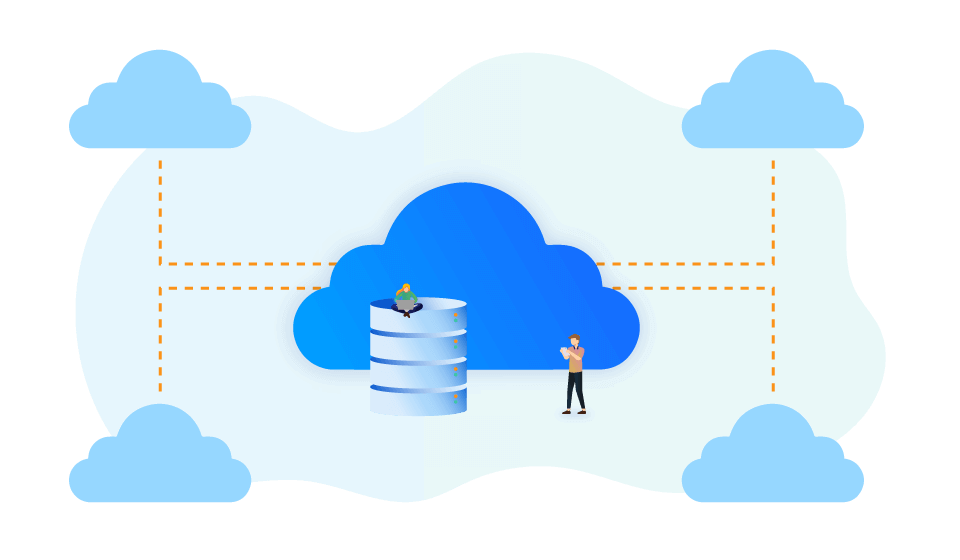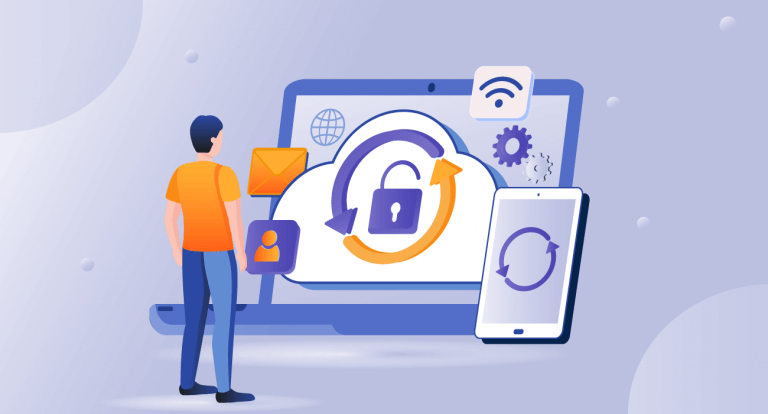The physical infrastructure and resources required to operate servers effectively can rapidly pile up as an organization expands. To combat this, many businesses are switching to serverless computing, which gives them the headroom to work remotely without worrying about the smaller details.
This article will explore the rise of serverless computing and how it proves to be a scalable and cost-effective solution for businesses.
An Introduction to Serverless Computing
Also known as Function-as-a-Service, serverless computing provides developers with the resources needed to create and operate applications without having to micromanage server specifics. By handling server management, cloud providers allow developers to focus on their work.
Serverless computing conceals the infrastructure layer, so writers can work on code without having to worry about managing servers. It typically includes:
- Function-as-a-Service (FaaS): A model where functions are executed in response to events, hiding away the underlying infrastructure.
- Backend-as-a-Service (BaaS): Third-party services that provide backend functionalities like databases and authentication.
For example, AWS Lambda, Google Cloud Functions, and Microsoft Azure Functions are popular FaaS platforms.
Key Features
| Feature | Description |
| Automatic Scaling | Resources can be scaled automatically, depending on demand. |
| Pay-as-You-Go Pricing | Organizations typically only have to pay for the computing time consumed. |
| Microservices-Friendly | The microservices architecture promotes modular and maintainable codebases. |
| No Server Management | There is no need for server provisioning and maintenance. |
| Integration with Services | Integrates with other cloud services for storage, messaging, and databases. |
| Monitoring and Logging | Monitoring and logging tools provide deeper insights and visibility. |
Benefits of Serverless Computing
There are many benefits to serverless computing that can have a big effect on how efficiently a business runs.
Cost-Effectiveness
Serverless computing gets rid of the need to manage server hardware, which saves a lot of money. Some important cost-related perks are:
- Reduced Infrastructural Costs: Because actual servers don't require maintenance, infrastructure costs are lower.
- Efficient Resource Utilization: Pay only for what you use, which cuts down on waste.
- Savings on Operational Costs: Managing and maintaining servers will be less expensive.
For example, Coca-Cola used serverless architectures in its vending machines, which resulted in a 65% decrease in operational costs.
Scalability
Scalability is an important feature of serverless computing for companies with frequent workload changes.
- Automatic Scaling: Handles changing loads without any help from a person.
- Global Reach: Deploy apps around the world with little delay.
For example, Netflix uses AWS Lambda to easily handle and manage the billions of events that happen every day.
Speed and Agility
Serverless computing speeds up the development process for businesses by getting rid of the need to handle infrastructure.
- Faster Deployment: Focusing on code speeds up developmental processes.
- Shorter Time to Market: Get apps out there quickly and make changes to them.
For instance, The New York Times' migration to the Google Cloud Platform cut the time it took to launch from hours to minutes.
Simplified Backend Code
Developers can focus on writing and releasing code with serverless computing instead of worrying about the infrastructure underneath.
- Less Boilerplate Code: Developers write less boilerplate code for managing servers.
- Microservices Architecture: It encourages creating small, separate tasks that are simpler to handle and improve.
For example, developers can use an image processing function without setting up a full server. Instead, they can focus on the function's logic.
Improved Security
With serverless computing, both the cloud service and the customer are responsible for security. This usually means that security is better.
- Managed Security: Cloud service companies take care of the security of the infrastructure.
- Granular Permissions: Identity and Access Management (IAM) can be used to set up fine-grained entry controls.
For example, AWS Lambda works with AWS IAM to give functions specific rights and access controls.
Reliability and Maintenance
With serverless computing, businesses can trust cloud providers to manage their servers, which makes the system more reliable and reduces downtime.
- Built-in Redundancy: Cloud service companies make sure that there are tools for redundancy and failover.
- Upkeep-Free: Providers take care of upkeep and updates, making sure that infrastructure is always up to date.
How Serverless Computing Works
Understanding how serverless computing works at its core is important for getting the most out of it.
Architecture
- Event Sources: Triggers like HTTP requests, file uploads, or database changes.
- Function Execution: Code executed in response to the events.
- Service Integration: Integration with other cloud services for data storage, authentication, etc.
Example Event Sources and Triggers
| Event Source | Trigger | Function Example |
| HTTP Request | API Gateway | REST API |
| File Upload | Object Storage (e.g., S3) | Image Processing |
| Database Change | Database Triggers (e.g., DynamoDB) | Data Validation and Processing |
Security Considerations
Security is a crucial aspect of serverless computing. Strong security measures protect data and comply with regulations.
- Identity and Access Management (IAM): Make sure that the right permissions and access rules are in place for IAM.
- Data Encryption: Secure data during transmission or storage.
- Monitoring and Logging: Set up tracking and logging so that you can check for errors and fix problems.
For example, AWS Identity and Access Management (IAM) helps keep AWS services and resources safe by controlling who can use them.
Optimizing Serverless Architecture
Maximizing efficiency and raising performance all depend on optimizing a serverless architecture. These are some important tactics:
Observability and Code Efficiency
Serverless architecture depends mostly on observability since it helps to monitor and quickly fix performance problems. Real-time log monitoring tools like Middleware can help you gain complete visibility, real-time search, and powerful insights into your applications and system, improving both performance and reliability.
Apart from observability, effective code writing is vital. This entails creating quick, small-sized code that reduces costs and resource utilization.
Architectural and Resource Management
Strategic architectural decisions, such as event-driven designs and microservices, help to scale and sustain systems effectively. Effective resource allocation is also crucial since changing memory settings for a specific purpose can drastically cut expenses.
Security and Cost Management
Strong policies, including data encryption and fine-grained access, help safeguard serverless apps by enhancing security. Frequent cost optimization studies can also help reduce unnecessary expenditures, improving the operation's economic efficiency.
Conclusion
Serverless computing is monumentally changing how companies build software and manage their infrastructure. By eliminating the need for server control, it offers unmatched scalability, cost savings, and flexibility.
As serverless technology improves, it will open up new ways for many businesses to be more innovative and efficient. Take advantage of this paradigm shift to optimize operations and provide customers with better service.














Leave a Reply